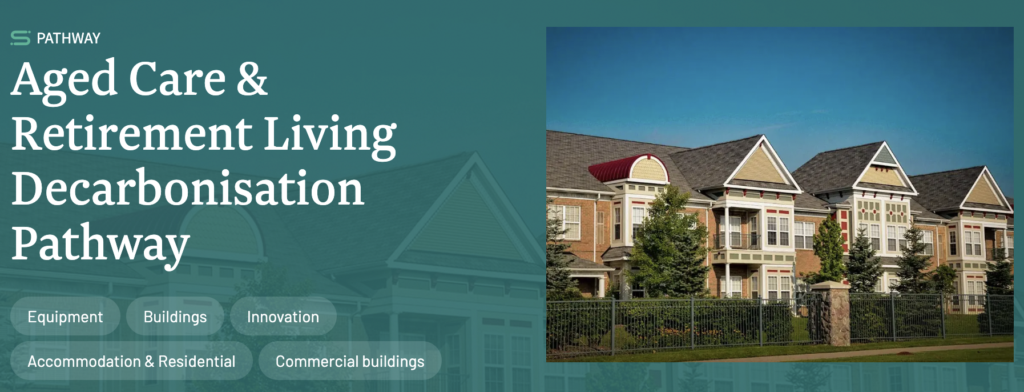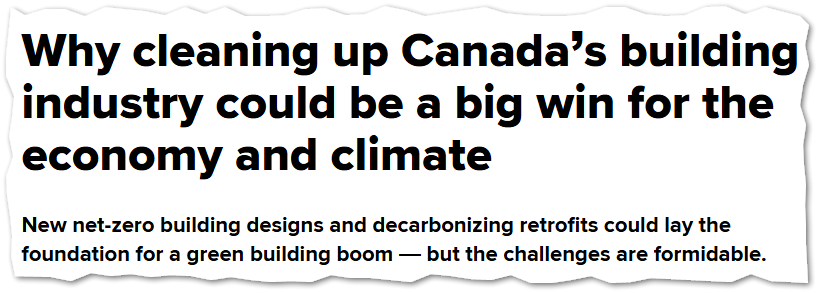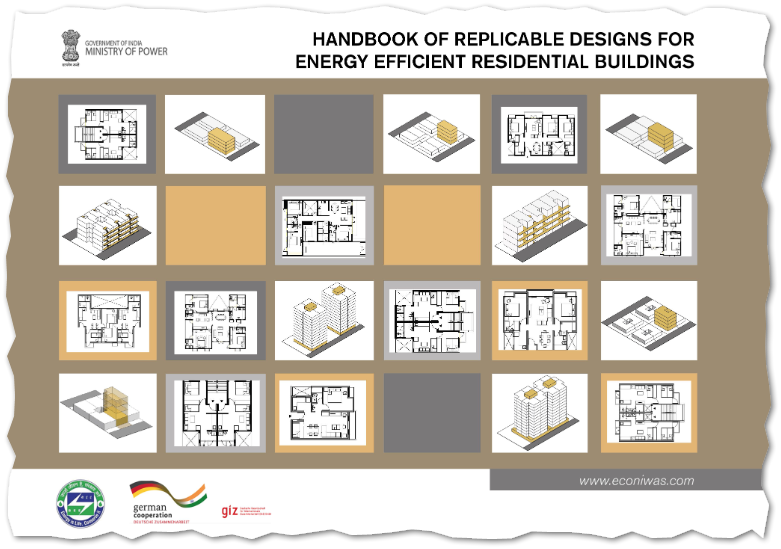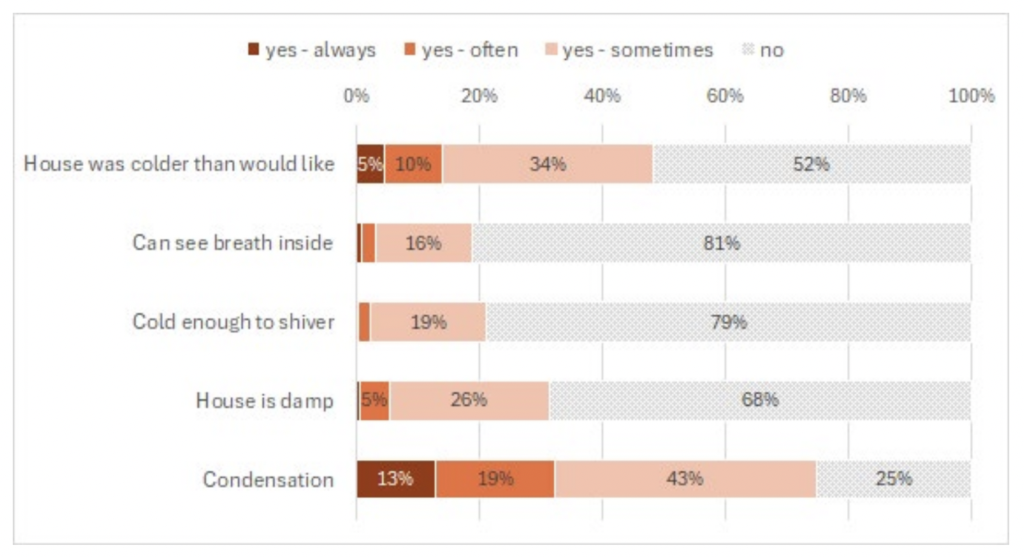New Zealand homes are slightly less cold in winter compared to 20 years ago. More New Zealanders appear to be heating at least some bedrooms, some of the time, to some extent. That’s the good news in the preliminary results from the HEEP2 study. It’s faint good news, given other findings. About a fifth of those surveyed said they could …
Useful advice on avoiding household mould

The prevalence of mould in New Zealand houses is a disgrace but it’s also not unique, as this American paper in the latest ASHRAE journal makes clear. The author claims about a third of older and newer single-family homes in the US north-west have visible mould, as these images graphically show. The article outlines causes but also proposes solutions, with …
Architects get hands on

I love it when architects are genuinely curious about construction, even more when they get hands on. Auckland architects Sophie Hermann and Julie Chrystall signed up for two days of installer training at Pro Clima’s training hub and were also onsite for the blower door testing at Seaward House in Auckland. That was Space Division’s first Passive House build. “We …
The path to decarbonisation for the aged care sector

EECA, the Energy Efficiency and Conservation Authority, launched a valuable resource in 2023 to support the aged care and retirement living sector on its decarbonisation journey. The suite of tools and resources, developed with input from the sector, aims to help reduce emissions across the sector. We’ve worked with several retirement community providers in the past and I wish these …
Canada tackles the massive task of greening its buildings

We often look to other countries for examples and lessons learned in the push towards sustainable buildings. A recent article in Canada’s National Observer (July 2024) highlights the significant challenge and opportunity facing Canada in transforming its building industry to meet net-zero targets by 2050. The built environment, including construction, materials, and operations, accounts for nearly 30% of Canada’s greenhouse …
Mapping residential heat demand and resulting emissions

This is a new paper by Jack et al looking at how residential space heating and hot water varies across New Zealand regions with a focus on the amounts and carbon emissions. The idea is that by knowing where the higher carbon emissions are located and what’s going on we could focus on these higher carbon items first. To do …
Palmerston North’s first Passive House

Heartland city Palmerston North now has its very first certified Passive House project, Hokowhitu Passivhaus. It’s notable for a highly-engaged homeowner, a skilled registered architect and a conscientious building team. None of them had prior experience with Passive House but they did choose a very experienced Passive House designer and altogether it went very smoothly. Read on to admire the …
Electrification is the future (and the future is now)

While electrification will drive up electrical consumption, it will simultaneously lead to a vast decrease in overall energy demand. This is primarily because of the far greater efficiency of electric appliances and vehicles compared to their fossil fuel counterparts. If we can successfully make this nationwide shift, it has the potential to fix a lot of our energy-related issues, from …
Replicable design for energy-efficient homes in India

It’s interesting to see how other nations tackle energy efficiency in buildings. The Bureau of Energy Efficiency (BEE)’s Handbook of Replicable Designs for Energy Efficient Residential Buildings in India provides standardised and practical design templates aimed at reducing energy use in Indian homes. It does this by working through Passive House design strategies tuned for Indian climates. The notable difference …
